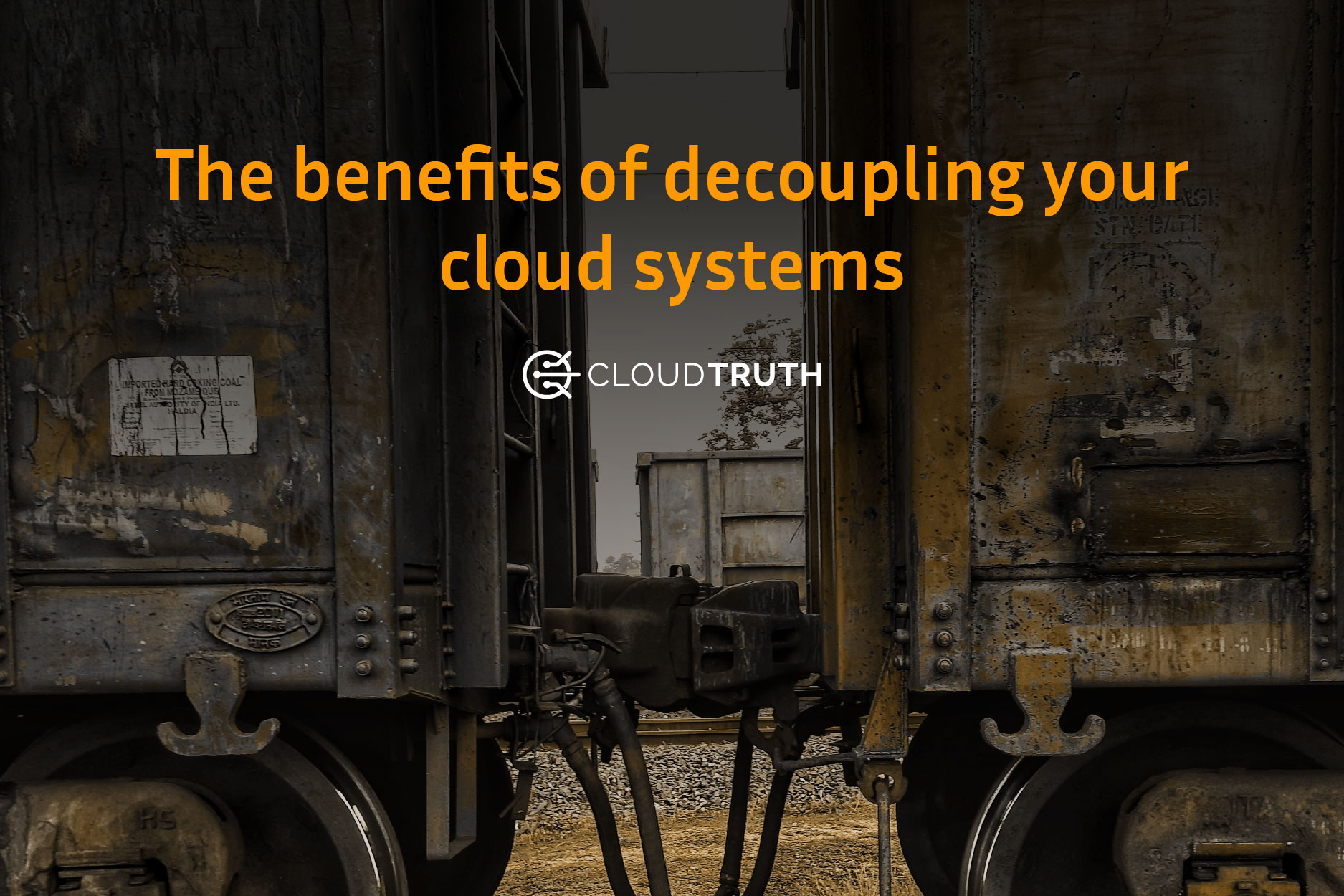As your company expands its product suite, customer base, and scope of operations, it’s inevitable that this growth will be accompanied by an increase in overall system complexity. One way to combat that rising complexity is by intentionally decoupling intertwined systems — but that comes at a cost. Decoupling generally leads to decentralization, which can impede a team’s ability to coordinate effectively and adapt to changing circumstances. So what can you do to address rising complexity without falling prey to these coordination challenges? One solution is to utilize a configuration intelligence service that gives you the best of both worlds: a simple system that still provides centralized control over key configurations wherever and whenever you need to access them.
What does this look like in practice? First, let’s examine how companies have been approaching decoupling their systems. Many organizations will attempt to decouple the discrete parts of their systems into functional units that can be supported and iterated on independently. This is typically achieved through architectural patterns that are specific to the needs of the system. For example, teams will employ service-oriented architectures, microservices, or event-driven architectures in order to manage different components separately.
This approach helps companies tackle rising system complexity in a few key ways:
- It lowers the cognitive load needed to understand and make changes to any given component.
- It reduces the communication burden associated with development since smaller subsystems generally require fewer team members to build and maintain them.
- It reduces the blast radius of changes since each component is isolated from every other component, thus reducing resources needed for troubleshooting and resolving issues.
- It makes it possible to scale components independently of one another, simplifying the development process, and improving reliability.
Unfortunately, decoupling isn’t a cure-all for the woes of the complexity of the modern, cloud-based tech stack. While it does generally decrease complexity, it also leads to system decentralization, which can create serious challenges when it comes to understanding and managing the system as a whole.
A decoupled system is hard to coordinate in the best of times, and it’s even harder to adapt when new requirements or challenges emerge. Although it can be more robust to certain vulnerabilities, it is far less resilient, as changes often have to be re-communicated and re-developed individually for each disconnected system.
On the infrastructure side, you’ll see this shortcoming most clearly in the provisioning and configuration of components. For example, for modern cloud stacks that use Kubernetes or serverless techniques, some infrastructure is provisioned and managed inline with the application rather than entirely as a standalone or self-contained unit. This approach becomes challenging to support if your different systems are entirely disconnected from one another.
You’ll also see the negative impact of decentralization when it comes to the configuration of each individual application component. A decentralized system makes it hard to coordinate changes across multiple components, or even figure out where and how to make a change for a single component. In addition, decentralization can be problematic anytime you’re working with stateful components that produce shared data during provisioning. For example, Infrastructure as Code components can generate many cloud resource IDs and values which need to be known by application components. To ensure a system is resilient to change, you need to be able to share this data dynamically between components, and a fully decoupled approach can make this extremely difficult.
The CloudTruth Solution
Clearly, simply decoupling all of your systems isn’t the answer. But rising complexity is unavoidable, and if left unchecked, it can be more harmful than decentralization. That’s why modern cloud customers are turning to third-party management tools that offer both the simplicity of decoupling and the benefits of a centralized control system.
With a comprehensive offering like CloudTruth’s configuration intelligence platform, you can maintain a centralized view of your configuration without replacing any of your existing tools or disrupting your current environment. This makes it possible to organize, search and modify all the parameters that control your system in a single interface, separate various configuration parameters and secrets from containerized environments, and track changes, all in a single, easily-accessible location.
To learn more about how CloudTruth is helping companies to combine the benefits of decoupling and centralization, visit our website at www.cloudtruth.com. And if you’d like to see for yourself how CloudTruth can put you back in the driver’s seat of your cloud-based tech stack, Free Trial today.
Our bite-sized newsletter with DevSecOps industry tips and security alerts to increase pipeline velocity and system security.


